
There is always a new participant on the market every day, but the significant amount of cryptocurrencies don’t reach the heights of the market. But Cardano is one of the promising projects, existing right now, with a great potential. Let’s investigate Cardano to get a better knowledge of its possibilities.
Defining the Cardano (ADA)
Cardano is an innovative Proof of Stake blockchain project which is well-known as a “third-generation” chain. One of the main targets being set was to improve the existing scalability, which is generally struggled within “second-generation” chains. One of the most known examples: Etherium, which is complicated by ever-increasing gas fees. Cardano is based on a highly scientific approach with a huge amount of academic research and peer-review.

Development roadmap of this project includes five main stages:
- Byron. The start of the network: basic functions like transferring Cardano.
- Shelley. The project’s movement towards decentralization. It is provided with community-run nodes.
- Goguen. Accessibility of smart contracts.
- Basho. Significant stage: sidechains began to work, providing a better scalability and interoperability.
- Voltaire. This stage includes governance and self-funding. This specific stage leads the project to a fully decentralized state.
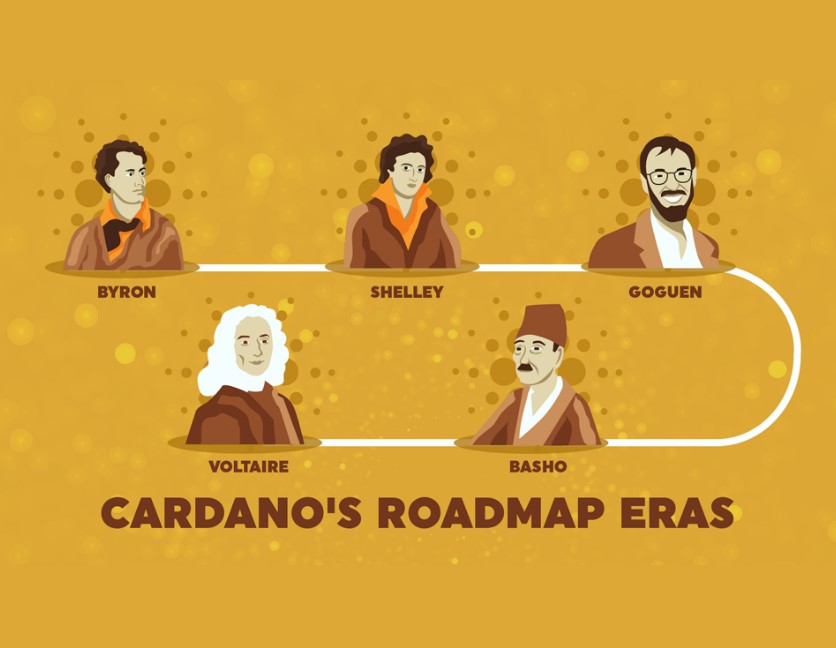
As all the steps are executed, Cardano becomes a decentralized project which is governed by the owners of the coin and financed by small amounts of its own transaction fees.
Story of creation
The project development started a decade ago: Charles Hoskinson, the CEO of IOHK and of the Ethereum network’s foundation participants is the original creator of the Cardano. After 2 years of involvement in crypto, such as mining and trading, in 2013 he established an educational course about Bitcoin which, later on, was bought by more than 80,000 people.

He took part in early stages of the Ethereum network’s creation, Hoskinson began his search for a “third-generation” blockchain. He acknowledged existing scalability issues of blockchains which led him to a foundation of the Cardano project in 2015 – the solution of these issues.
Exceptionality
The exceptionality of Cardano strongly connected to its consensus mechanism: Proof of Stake, a significantly less energy-consuming algorithm than the Proof of Work. Main cryptos are based on PoW, such as Bitcoin and Etherium.
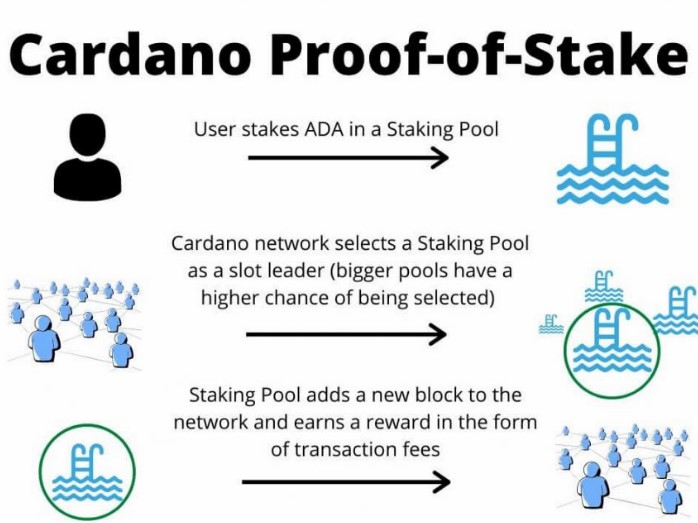
Main advantage of Cardano is this algorithm: despite the fact that Etherium began the transition to PoS mechanism – it is still a quite difficult and long process to execute.
Such strict orders help to keep the resilience and stability of Cardano, because of a much more delicate and scientific approach.
Cardano Vasil’s Hard Fork
Vasil’s Hard Fork is one of the most efficient upgrades of Cardano which was invented by late Bulgarian mathematician Vasil Dabov. By several major improvements of the Cardano’s smart contract programming language Plutus and the network’s capacity, Vasil’s Hard Fork can be named as the third development epoch of ADA. Even though the upgrade was supposed to be applied in June 2022, it has been postponed several times.
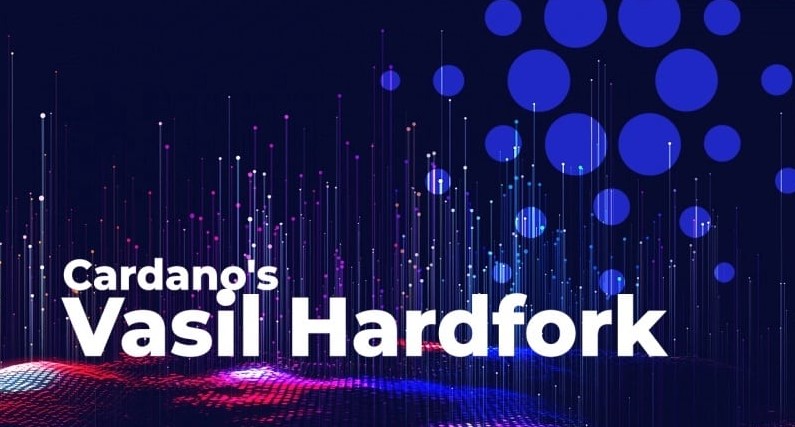
There are five main mechanisms that were introduced within the project:
- CIP-31. This is a highly valued function, which is also known as “reference inputs”, that provides a developer with the ability to investigate the result of an output without obligations to spend it. Such improvement highly increases the efficiency and stability of transactions and concurrency.
- CIP-32. It is an exceptional upgrade of the script coding. CIP-32 is dedicated to enable inline datums, which are attached to datum hashes. By executing this mechanism, developers of the project can attach them to outputs which increases the communication’s speed and simplicity of datum values between participants.
- CIP-33. Goal of this improvement proposal is to boost the validation process which resulted in higher efficiency of the transaction and its smaller size. It is achieved by allowing reference scripts to be attached to outputs.
- CIP-40. This is a mechanism of the network’s scalability improvement which is based on a new type of output to transactions, also known as collateral outputs.
- Diffusing pipelining. It is an ADA’s consensus layer scaling solution which can help to increase the number of Decentralized Applications deployment. It is achieved by overlaying several steps which a block has to go through while moving within the blockchain. Such a mechanism can provide the project with concurrent transactions.
Amount of existing assets within the circulation
There is a consecutive review of the ADA supplies:
- Maximum supply: 45 billion ADA.
- Circulating supply: 35.29 billion ADA.
- The pre-launch sale cost was $0.0024. At the time of writing it’s price is $0.72.
The amount of existing ADA supplies was splitted in the beginning: around 2.5 billion of the coin was given to IOHK at the time of the blockchain’s launch, 2.1 billion ADA was allotted to Emurgo which is a global blockchain technology company. It provided Cardano with the initial protocol. Finally, 648 million ADA were handed to the Cardano Foundation which is a non-profitable project. It was given to promote Cardano and to increase its adoption levels.
Features of security
Cardano’s security PoS protocol, which is called Ouroboros, aims to be environmentally sustainable and verifiably secure. Ouroboros is described as the general improvement of the security and a reduction of the power consumption. The project announces that it is significantly more energy efficient than Bitcoin: four times, to be specific.
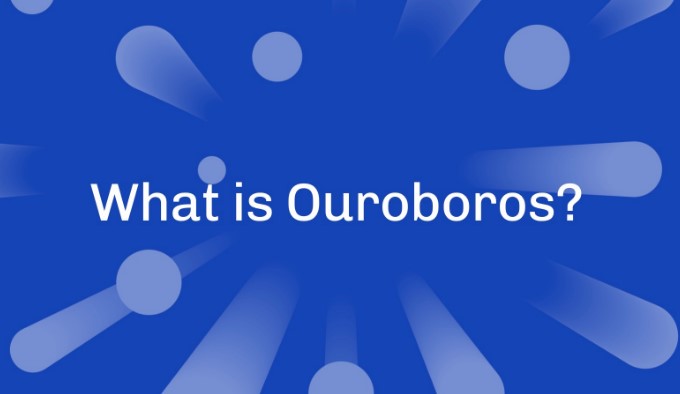
This innovative mechanism rewards the participants with a symbiosis between technology, behaviour psychology and economic philosophy which serves as a sustainable and ethical growth.
Cardano’s Alonzo Upgrade
Cardano introduced the Alonzo Upgrade in September 2021: it is a significant improvement of a crypto apps range. Moreover, the blockchain can support non-fungible tokens, smart contracts and can be used for decentralized exchanges due to the Alonzo Upgrade.
The naming is dedicated to American mathematician Alonzo Church, arguably, one of the first people who introduced computer science.
By applying Alonzo, Cardano reaches the Etherium level of accessibility of On Sept. 12, Cardano released its highly-anticipated Alonzo upgrade. Following the upgrade, the blockchain network can now support a wide range of crypto applications, including non-fungible tokens (NFTs) and smart contracts which significantly supports the decentralization of Cardano.
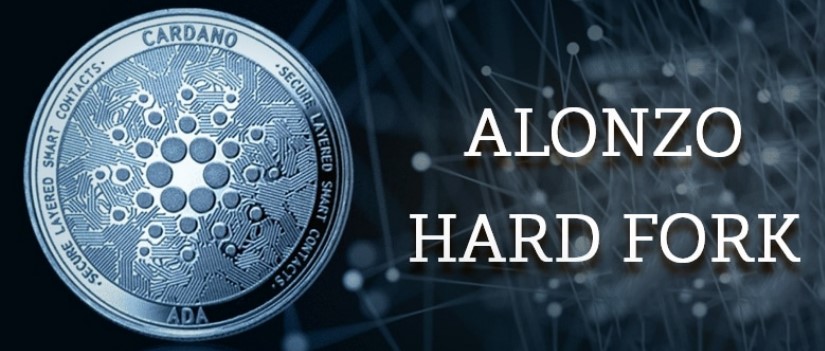
For the two years after the Alonzo Upgrade was released, the number of ADA wallets drastically increased from 190,000 up to more than 3,000,000: it is an amazing growth – 1,200% increase.
Despite all the benefits, there are several issues with implementing smart contracts. People have several problems: slow launch of the SundaeSwap decentralized exchange just made the situation worse.
Places to purchase
It won’t be a problem to find an exchange which offers Cardano coins available to purchase. There are several well-known options:
- Binance.
- Bittrex.
- eToro.
- HitBTC.
All these exchanges provide the investor with the latest news of the coin’s price changes.
As one of the biggest cryptocurrencies in the world in terms of market capitalization, you shouldn’t have much difficulty in finding a major exchange to buy Cardano on including Binance, Bittrex, eToro, and HitBTC.
Principles of work
As it was mentioned before, Cardano is a “third-generation” blockchain which was launched with a desire to solve several existing issues which were affecting the platforms of the previous “generations”: Bitcoin – the first generation, and Etherium – the second generation. There are several lines of work which are directed to improve the quality of the blockchain:
- Full decentralization along with low-fees and high-TPS PoS.
- Reducing the power consumption. It is significantly less energy consuming than the PoW algorithm.
- Hydra – potentially, a limitless supplier of scalability. This improvement provides the system with an increase in throughput which follows the joining of new nods.
- Last, but not the least: Hard Fork Combinator. This specific element makes the system available for hard-fork with no interruption whatsoever.
Native tokens
Cardano launched an update of the blockchain in March 2021: now it was possible to create native tokens which can be NFTs, Stablecoins and e.t.c.
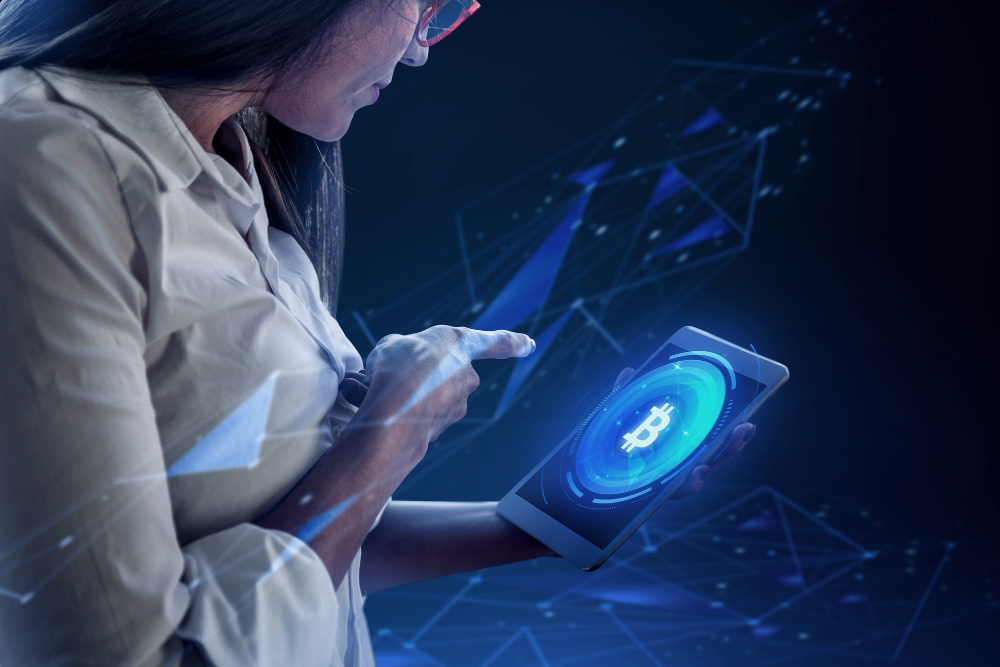
However, Cardano native tokens are created on the same basis as the ADA itself: there is no smart contract participation in this process, compared to Etherium. This principle is aimed to equalise all tokens with each other, to increase the security and to reduce transaction fees.
Future of the coin
ADA can, theoretically, achieve infinite scalability and provide the existing cryptos with several operations to execute with Cardano coin itself within the chain.
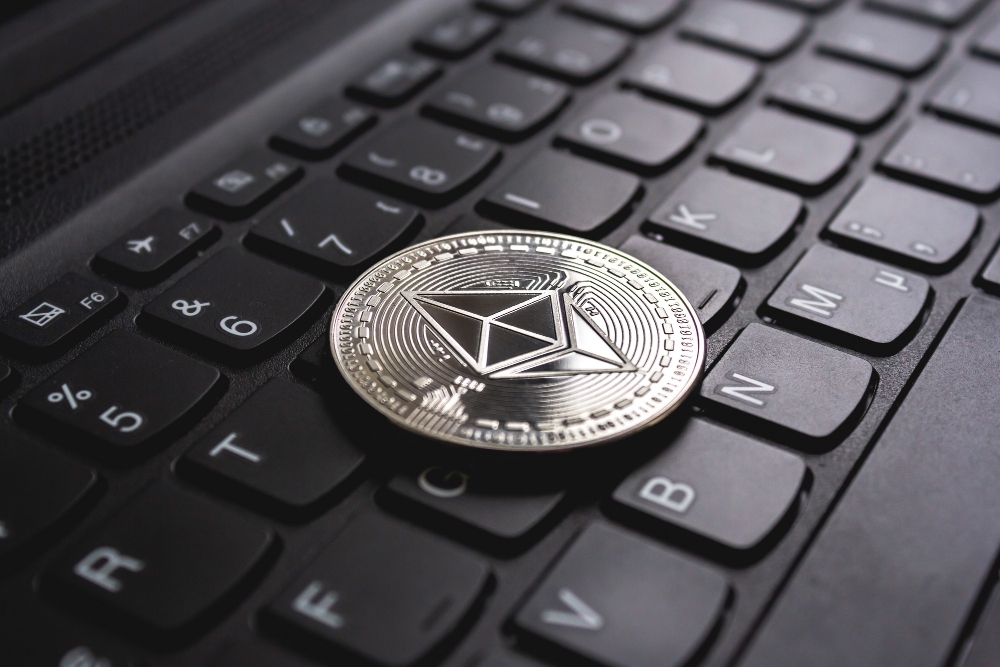
Moreover, the Trump announcement of the USA’s creating a Strategic Bitcoin Reserve and U.S. Digital Asset Stockpile, which will contain Cardano, can significantly affect the coin price and popularity.
Where to store
There are several variants of wallets which are able to store ADA coins:
- Software wallets.
- Hardware wallets.
The choice fully depends on the user and his investment targets.
FAQ
To sum up, investors can buy and sell Cardano on multiple platforms: Binance, Bittrex, eToro, HitBTC and e.t.c.
Up-to-date:
- ADA’s price is $0.7116.
- Current circulating supply is 35.29B ADA of 45B ADA’s total supply.
The project has promising results together with great potential, but it’s unknown: will it achieve all its goals or not.











